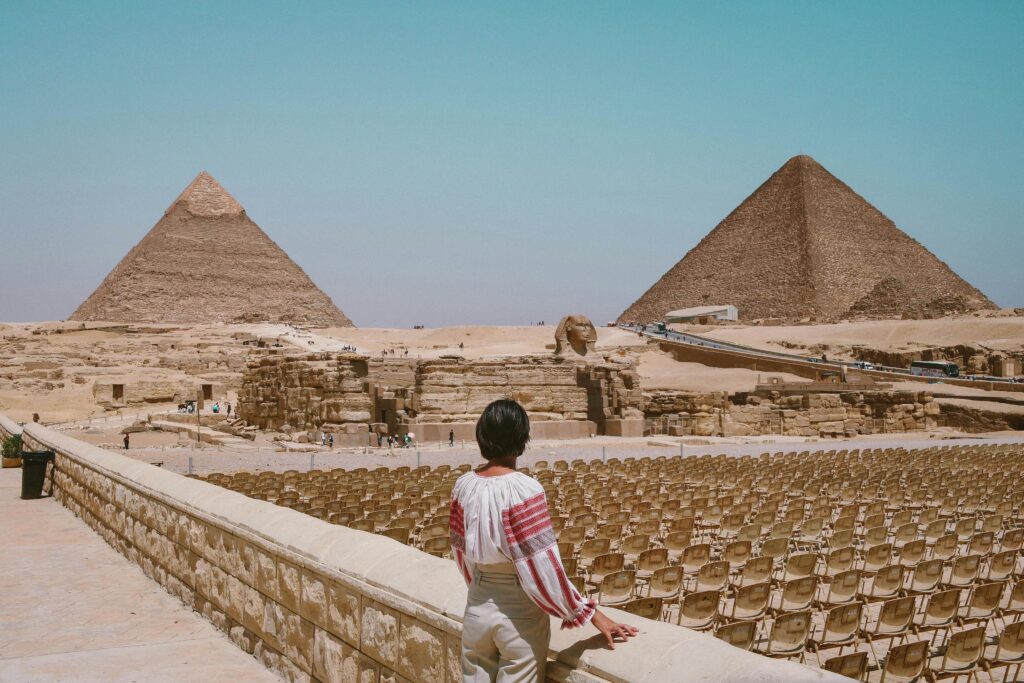Copy of Cuestionario Listening

Transcript
Welcome once again to ‘Introduction to dentistry’ and in today’s lecture we’ll be looking at the history of dentistry through the ages. Now, skulls of the Cro-Magnon people who inhabited the Earth 25.000 years ago show evidence of tooth decay and the earliest recorded mention of oral disease was in 5000 BC. This proves that oral disease is by no means a modern-day problem and has in fact plagued humans since time began. That particular reference appeared in a text written by the ancient people of Sumeria, which referred to ‘tooth worms’. There is also evidence that dental problems caused difficulties in other early civilizations and people from those times actually developed treatments for them. For example, we have found historical evidence that the Chinese used acupuncture to treat the pain associated with tooth decay. There is even further evidence of the troubles caused by toothache in the Ebers Papyrus, which is a text written between 1700 and 1500 BC by the people of ancient Egypt. This papyrus contains references to diseases of the teeth, as well as prescriptions for medications they used at that time. While today we automatically prescribe antibiotics, the ancient Egyptians relied on more traditional remedies to help with tooth decay. Firstly, olive oil, which even today is known to have therapeutic qualities and secondly, onions, which again are an age-old traditional medicine and are still recognized as a reliable source of natural antibiotics.
A large proportion of early dentistry was practised as a part of general medicine. However, by the fifth century BC, Herodotus, a Greek historian, made the following observation: ‘In Egypt, medicine is practiced on a plan of separation – each physician treats a single disorder and no more. Some undertake to cure diseases of the eye, others the head and others again, of the teeth.’ The Greeks were at the forefront of dentistry of that time and it was a Greek physician who lived between 1300 and 1200 BC who chose to extract problem teeth long before anyone else. Arabs were also pioneers in the area of oral hygiene and used a small polishing stick as a toothbrush as early as 100BC.
So, what of Europe? Well, throughout the Middle Ages, dentistry was made available to the wealthier classes thanks to physicians who would visit individuals in their home, while dentistry for the poorer people took place in the market place. Italian sources from the 1400s mention the use of gold leaf as dental filling material, but it was a Frenchman, Pierre Fauchard, who is credited with being the father of modern dentistry, thanks to his book The Surgeon Dentist: a treatise on teeth, which describes basic oral anatomy and the signs and symptoms of tooth decay.
Welcome once again to ‘Introduction to dentistry’ and in today’s lecture we’ll be looking at the history of dentistry through the ages. Now, skulls of the Cro-Magnon people who inhabited the Earth 25.000 years ago show evidence of tooth decay and the earliest recorded mention of oral disease was in 5000 BC. This proves that oral disease is by no means a modern-day problem and has in fact plagued humans since time began. That particular reference appeared in a text written by the ancient people of Sumeria, which referred to ‘tooth worms’. There is also evidence that dental problems caused difficulties in other early civilizations and people from those times actually developed treatments for them. For example, we have found historical evidence that the Chinese used acupuncture to treat the pain associated with tooth decay. There is even further evidence of the troubles caused by toothache in the Ebers Papyrus, which is a text written between 1700 and 1500 BC by the people of ancient Egypt. This papyrus contains references to diseases of the teeth, as well as prescriptions for medications they used at that time. While today we automatically prescribe antibiotics, the ancient Egyptians relied on more traditional remedies to help with tooth decay. Firstly, olive oil, which even today is known to have therapeutic qualities and secondly, onions, which again are an age-old traditional medicine and are still recognized as a reliable source of natural antibiotics.
A large proportion of early dentistry was practised as a part of general medicine. However, by the fifth century BC, Herodotus, a Greek historian, made the following observation: ‘In Egypt, medicine is practiced on a plan of separation – each physician treats a single disorder and no more. Some undertake to cure diseases of the eye, others the head and others again, of the teeth.’ The Greeks were at the forefront of dentistry of that time and it was a Greek physician who lived between 1300 and 1200 BC who chose to extract problem teeth long before anyone else. Arabs were also pioneers in the area of oral hygiene and used a small polishing stick as a toothbrush as early as 100BC.
So, what of Europe? Well, throughout the Middle Ages, dentistry was made available to the wealthier classes thanks to physicians who would visit individuals in their home, while dentistry for the poorer people took place in the market place. Italian sources from the 1400s mention the use of gold leaf as dental filling material, but it was a Frenchman, Pierre Fauchard, who is credited with being the father of modern dentistry, thanks to his book The Surgeon Dentist: a treatise on teeth, which describes basic oral anatomy and the signs and symptoms of tooth decay.
